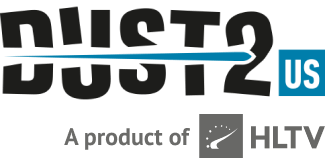
Has CS2 changed how pros should play the game?
As the final CS:GO tournament has come to a close and we set our sights on IEM Sydney, the first big tournament to be played on CS2, we enter a new phase of Counter-Strike. As the game engine shifts and teams learn to adjust, there will be some who adapt better than others. In this article, we want to see if we can glean any insights from the first online tournaments played on CS2 on who will make the change better than others.
Boom, headshot
When the CS2 beta was first introduced, every single pro player to attend a Major was given access to the limited test build, along with other professionals and a host of casual players. Once they tested out the new game, a few differences were quickly spotted. For one, tapping seemed subjectively better to get kills with than spraying the gun. In fact, players are still feeling incongruencies between CS2's and CS:GO's spraying to this day. The community quickly theorized that players who excel in getting headshots, such as Valeriy "b1t" Vakhovskiy and Russel "Twistzz" Van Dulken, would be dramatically better in the new game due to the changes in spraying.
Well, with the first CS2 games over and done with, we can compare how players with strong headshot percentages do between both games. For this data set, we used the North American and European ESL Challenger Jönköping Closed Qualifiers for the CS2 matches and the North American and European IEM Sydney Closed Qualifiers for the CS:GO matches. Since there have yet to be any tier-one CS2 events or LANs, we chose two lower-tier tournaments with a similar caliber of teams. All AWPers were removed from this dataset due to their stylistically low headshot percentage.
We're trying to prove or disprove a simple anecdote here. Since headshots and tap shooting feel anecdotally easier, according to the community at least, then we should statistically see that players with high headshot percentages should have better outputs in CS2 as compared to their output in CS:GO. We will use HLTV's Rating 2.0 since it is the best measure of output that we have.

The important information in the above graph comes in the two trendlines and their respective equations. The two regression lines for CS:GO and CS2 are nearly identical with a slight upward trajectory. In layman's terms, this means that although having a higher headshot percentage does seem to be positively associated with a higher rating, the advantage that a high headshot percentage gives between the two games is little to none.
Furthermore, the low R-squared value of either model shows that headshot percentage is not a great indicator of rating anyway, regardless of which iteration of the game is considered.
It is, of course, important to note that every match in this dataset takes place online. In addition, the ESL Challenger Jönköping Closed Qualifiers were played before Valve fixed a misaligned hitbox bug in CS2, which may have negatively affected players' headshot percentages.
Is AWPing more difficult?
As Valve continues to fix the issues plaguing Counter-Strike 2, some of the more persistent ones remain, such as the incredible amount of peeker's advantage. Essentially, peeker's advantage is the idea that a Terrorist swinging an angle will be able to see a CT holding the angle before the CT has an opportunity to see them and fire back. Peeker's advantage makes wide-swinging angles a realistic tactic while also making holding angles dramatically more difficult.
Due to the nature of the AWP's slow movement speed and high-risk gameplay with long reload times between shots, the big green is often played at long angles, holding against incoming Ts. So, with peeker's advantage currently infesting CS2 servers, then surely AWPers must be having dog days in the new game, right?
As Alex "Hawka" Hawkins points out, it started out that way in CS2, but now with the gift of full tournaments in our back pockets, let's see how AWPers fared after all.

Looking at just the AWPers now in the aforementioned events, the relationship between AWPers ratings in CS:GO and CS2 are exceedingly linear. An AWPer who gets a 1.00 rating in GO is likely to get a 1.00 rating in CS2. An AWPer who drops a 1.20 on average in GO is looking at a similar output in CS2. And the R-squared in this instance, over 75% tells us that (shocker) an AWPer's performance in CS:GO is a good indicator of their performance in CS2.
As more games are played in CS2, it seems likely that this nearly 1:1 relationship will grow even stronger. After all, AWPing is arguably the least mechanically intense role in Counter-Strike. Of course, the flicks are not easy, but there are no different spray mechanics to account for. All the intangibles that make an AWPer special, like positioning and rotations, are completely unchanged in CS2. Once peeker's advantage is solved, either by patches or LAN play, the best AWPers in the world should remain on top.
What did we learn?
Well, first of all, we learned not to be so hasty. The early assumptions made on CS2's beta release of high headshot percentage players receiving a buff and AWPers taking a nerf were unfounded. At least in these two departments, the changes between CSGO and CS2 are minimal at best. The wider consequences of CS2's release will be told in time, but as of right now, the data do not show any dramatic differences.
We now have IEM Sydney to look forward to as the first big Counter-Strike 2 LAN. Perhaps a new story will be told of teams taking advantage of the new smoke mechanics and underdogs installing themselves at the top of the totem pole. But, until then, we just have to wait.


























